Unlock the Sweetness: Irresistible Fig Jam Recipes for Baking & Desserts
Do you adore the rich, nuanced flavor of fig jam? This beloved preserve is a classic ingredient that brings a unique sweetness and subtle texture to an array of desserts. From elegant tarts and comforting cakes to delightful cookies and creamy cheesecakes, fig jam has the power to elevate any sweet creation. If you’ve been searching for innovative and utterly delicious ways to incorporate this delectable treat into your baking repertoire, you’ve come to the right place. This carefully curated collection of sweet recipes using fig jam is precisely what you need to inspire your next kitchen adventure.
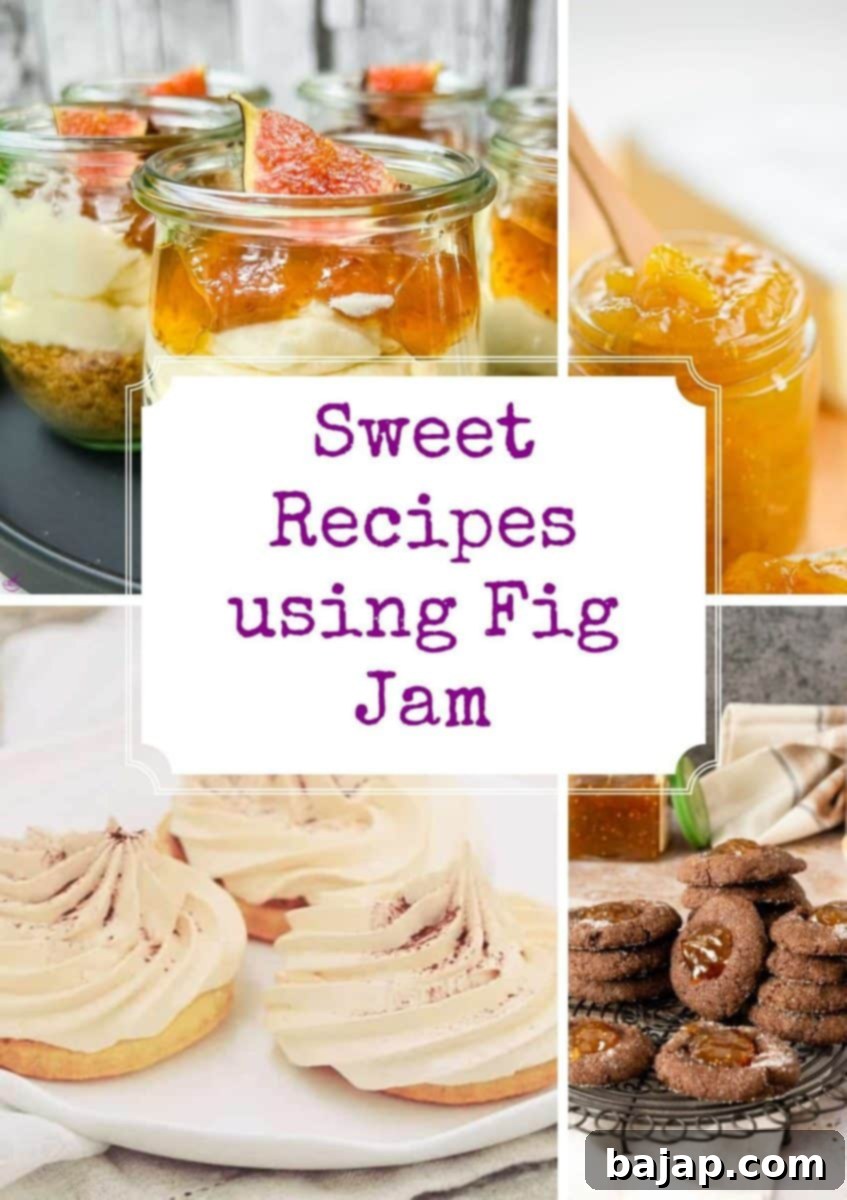
We’ve meticulously gathered the finest ideas from acclaimed chefs and home bakers, rigorously tested them in our own kitchens, and compiled a diverse mix of simple yet sophisticated recipes suitable for every occasion. Whether you’re planning a casual Sunday brunch and need a classic baked fig tart, or aiming to impress guests with an elegant fig cheesecake in a jar for a special celebration, this comprehensive selection has something to delight every palate. Prepare to be inspired as we delve into the wonderful possibilities that fig jam offers!
Exploring the Wonderful World of Figs
Before we dive into the mouth-watering recipes, let’s take a moment to appreciate the fascinating history and remarkable qualities of the fig itself. This ancient fruit holds a special place in culinary history and offers more than just exceptional flavor.
- An Ancient Delicacy: Figs are among the oldest fruits known and consumed by humans, with their cultivation tracing back thousands of years to ancient civilizations. This rich historical relevance makes figs a timeless culinary choice, connecting us to traditions and an enduring appreciation for natural flavors. Their presence in historical texts and art speaks volumes about their long-standing importance.
- Nature’s Hidden Gem: Figs possess a truly unique botanical structure – they are not technically a fruit but an inverted flower, known as a syconium. The edible part we enjoy is actually a cluster of tiny flowers that bloom internally. This remarkable natural occurrence creates an appealing point of intrigue, stimulating both intellectual curiosity and sensory appreciation for this “wonder” food.
- A Balance of Sweetness and Nutrition: Figs offer a delicate balance of natural sweetness and essential nutrients, catering perfectly to the growing demand for healthy yet indulgent food choices. They expertly combine exquisite taste with well-being in one delightful package, making them a guilt-free pleasure for those seeking nutritious options.
- Incredibly Versatile in the Kitchen: Figs are exceptionally versatile, making them a prized ingredient in a wide array of culinary dishes. From traditional savory meals and charcuterie boards to innovative gourmet desserts, their unique flavor profile complements diverse ingredients and cuisines. This opens up countless possibilities for usage, appealing to different palates, dietary needs, and cultural traditions.
- An Environmentally Friendly Choice: Beyond their culinary appeal, figs are also an environmentally conscious choice. Their hardy and drought-resistant trees require significantly less water compared to many other fruit crops, making them a sustainable option for consumers who are mindful of their ecological footprint and support eco-friendly agriculture.
- Extended Shelf Life and Global Accessibility: When dried, figs boast an impressively long shelf life, which greatly facilitates their transportation and storage. This characteristic ensures their accessibility worldwide, regardless of seasonality or geographical location. This constant availability satisfies the consumer’s need for convenience and consistency, allowing you to enjoy fig flavors all year round.
- A Nutritional Powerhouse: Figs are much more than just a sweet treat; they are endowed with numerous health benefits. They are notably high in dietary fiber, which aids digestion, and serve as an excellent source of several essential minerals. These include magnesium, manganese, calcium, copper, potassium, and vitamin K, positioning figs as a true nutritional powerhouse that appeals strongly to health-conscious consumers.
- Traditional Medicine Applications: In addition to their culinary utility and modern nutritional value, figs have a long history of use in traditional medicine. They have been utilized for their various medicinal properties, such as aiding digestion, helping to regulate blood pressure, and possessing potent antioxidant properties. This further enhances their appeal, resonating with consumers who seek to maintain a balanced and healthy lifestyle through natural means.
Why You’ll Love Baking with Fig Jam
Fig jam offers a distinct advantage in baking. Its naturally sweet, subtly earthy, and sometimes nutty flavor profile adds depth and complexity that other jams simply can’t match. The thick, often chunky texture of fig jam provides an appealing mouthfeel, introducing delightful bursts of fruit in every bite. It pairs exceptionally well with a variety of other flavors, including chocolate, vanilla, nuts, and cheeses, making it a versatile ingredient for both simple and elaborate desserts. Whether you’re looking for a quick filling or a star component, fig jam consistently delivers.
Tips for Baking with Fig Jam
To get the best results when using fig jam in your recipes, consider these simple tips. If your jam is very thick, you might thin it slightly with a tablespoon of water or orange juice to make it easier to spread or swirl into batters. For a bolder fig flavor, look for jams with a higher fruit content or even consider adding a pinch of cinnamon or cardamom to complement its natural taste. Always allow baked goods with jam fillings to cool completely before slicing to prevent the jam from oozing out and to ensure a clean cut.
📖 11 Irresistible Recipes Using Fig Jam
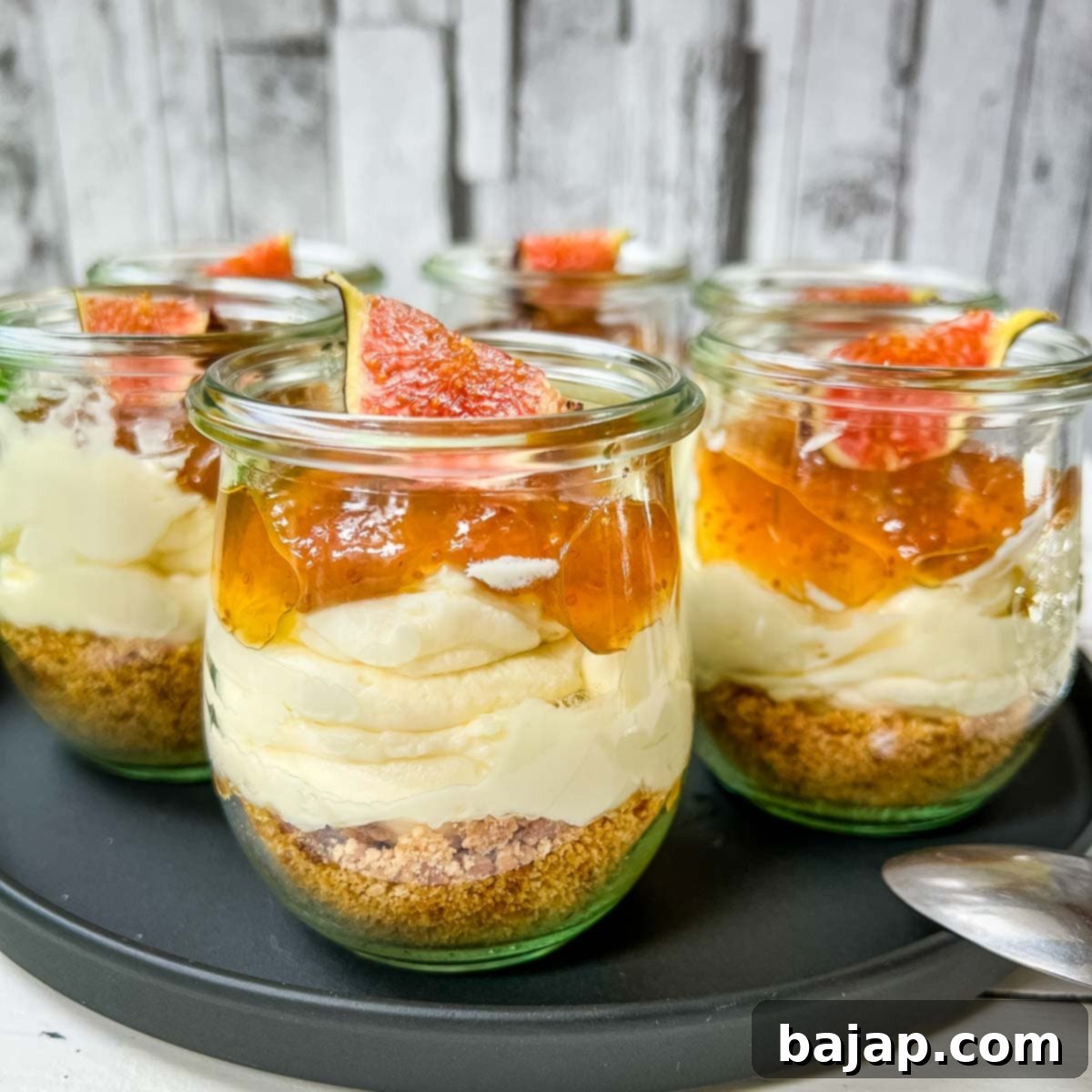
Get The Recipe

Get The Recipe

Get The Recipe
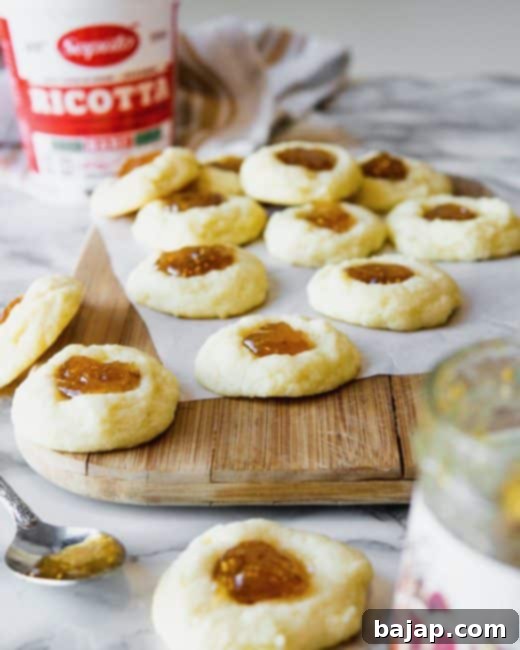
Get The Recipe
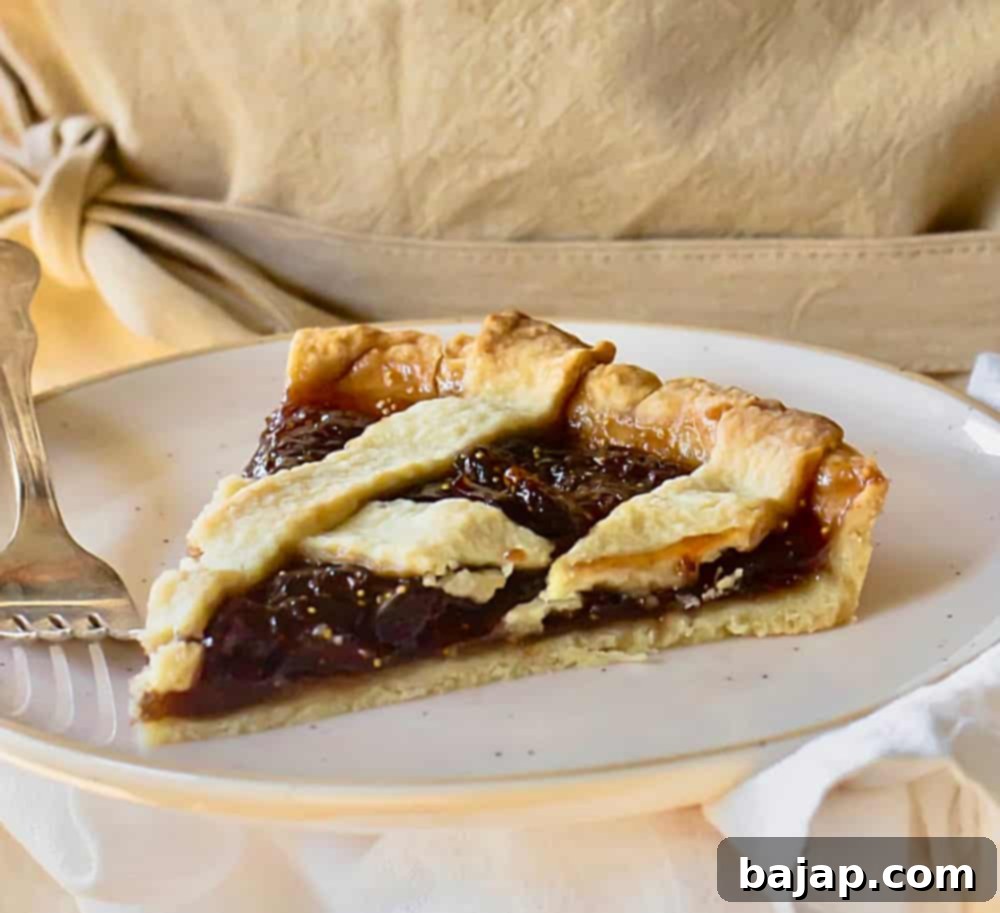
Get The Recipe

Get The Recipe
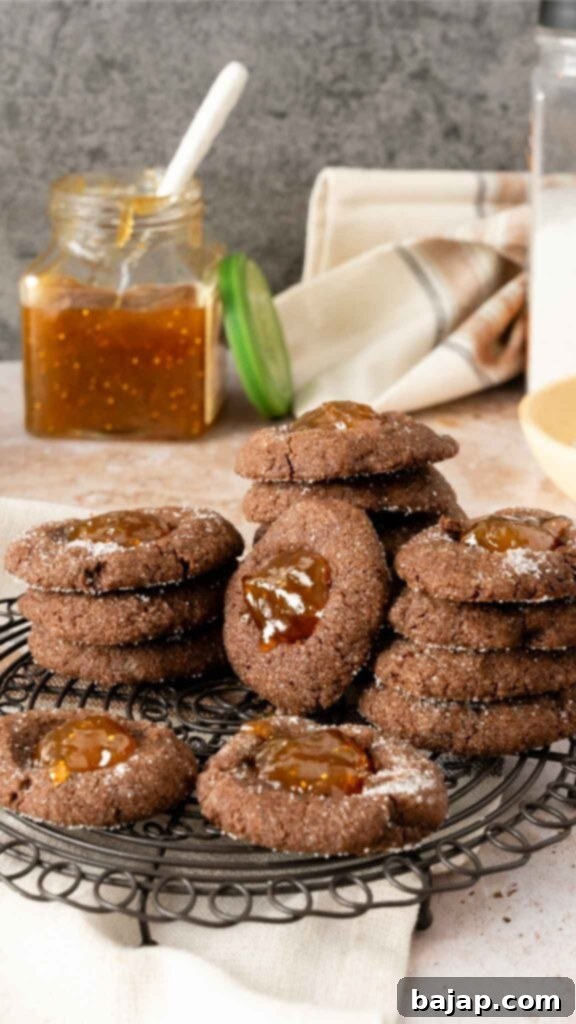
Get The Recipe
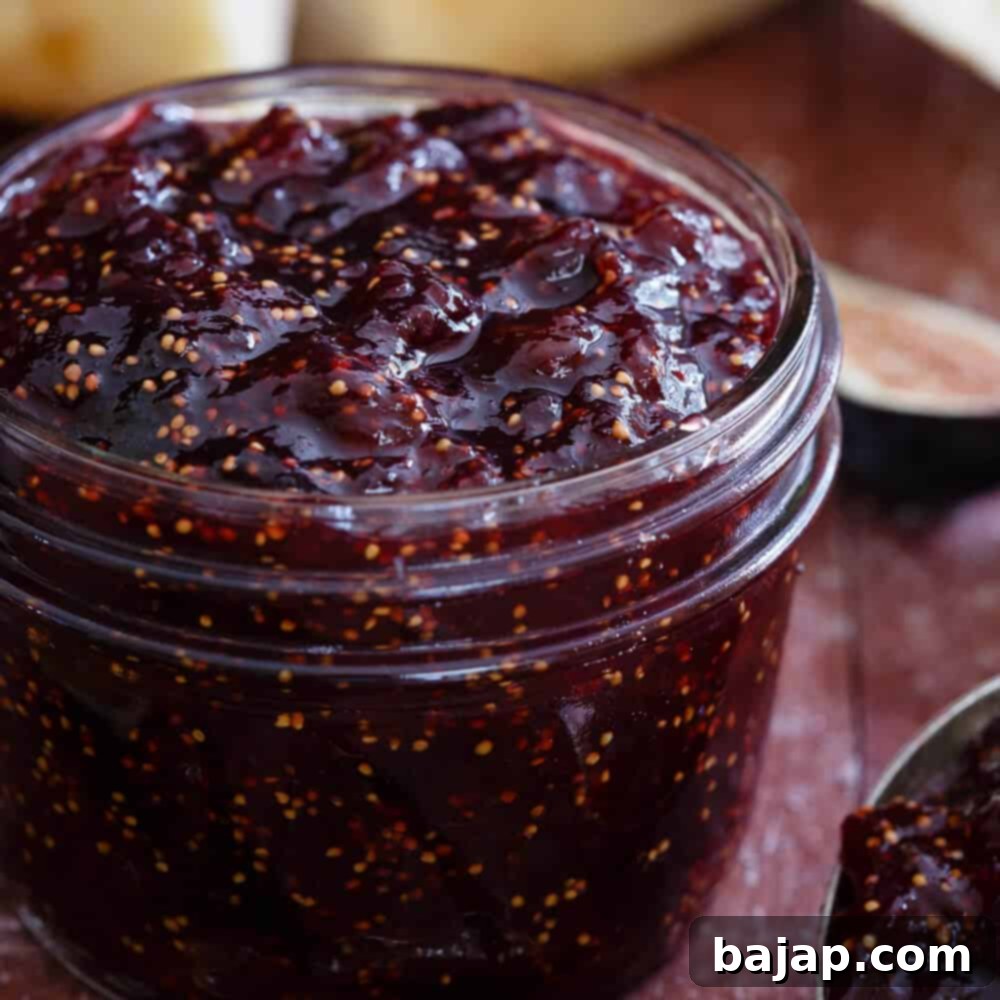
Get The Recipe
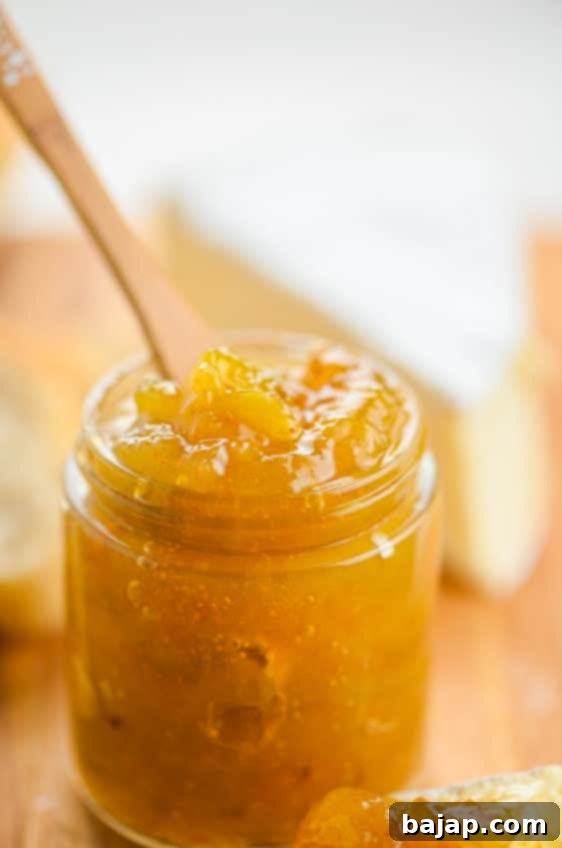
Get The Recipe
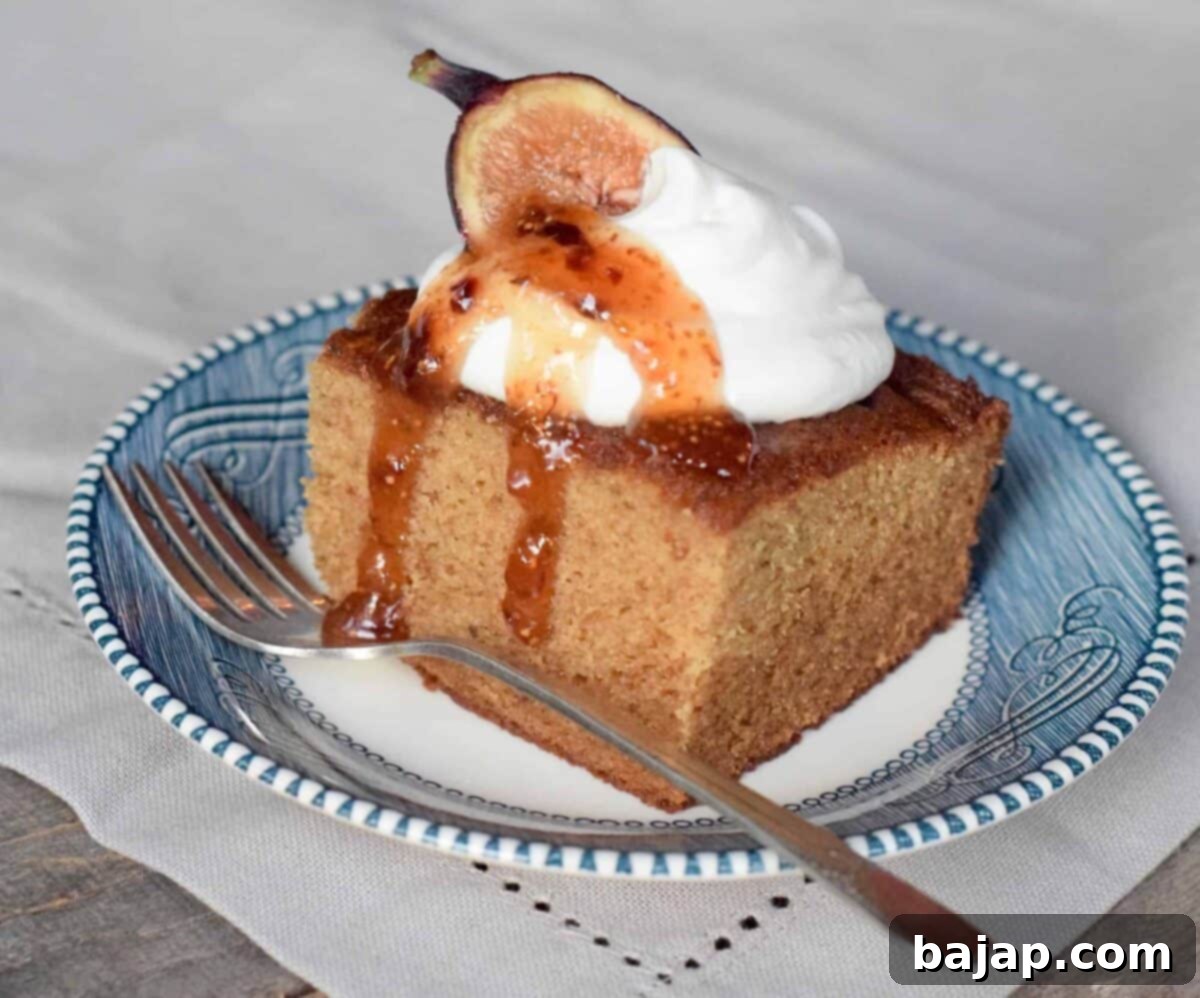
Get The Recipe
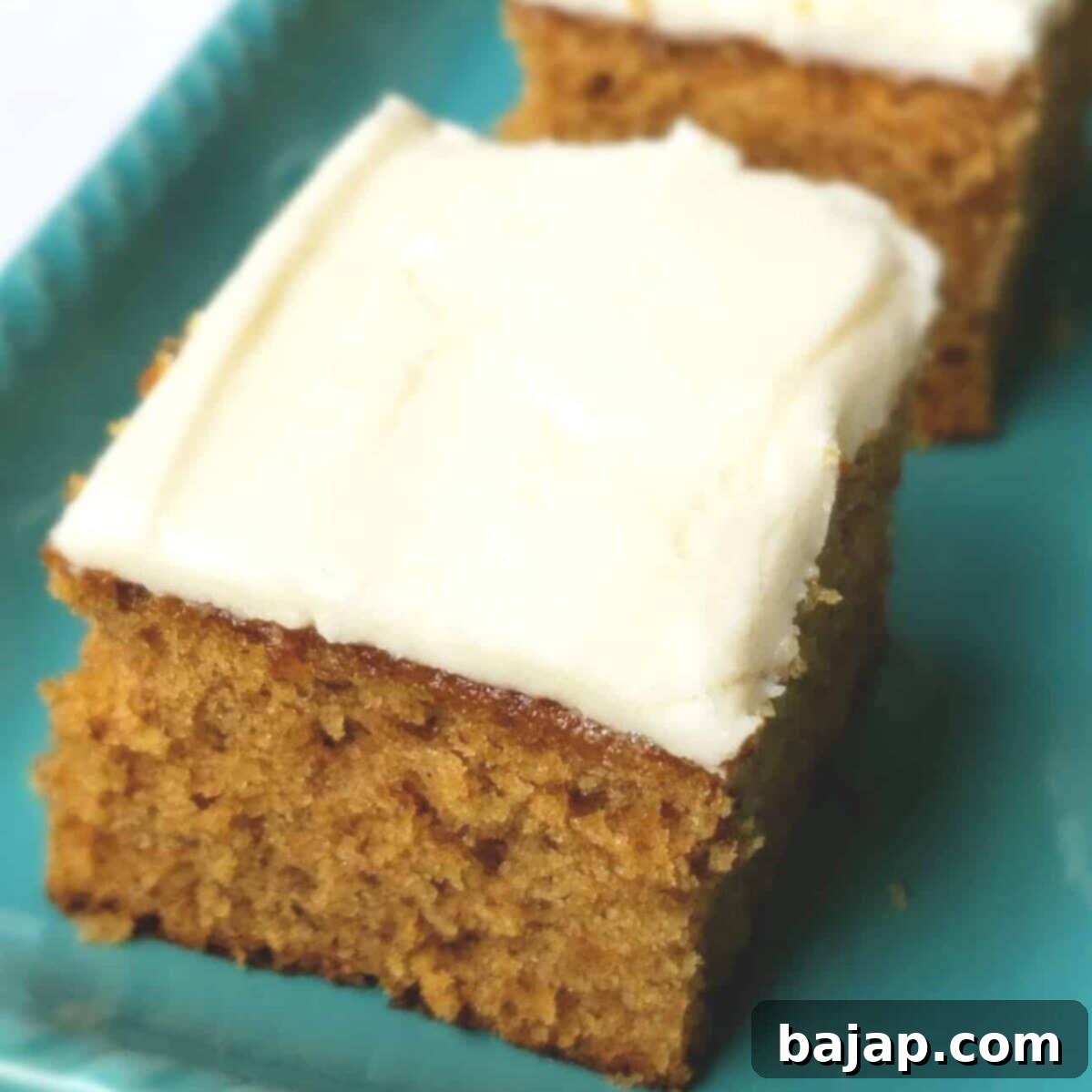
Get The Recipe
Frequently Asked Questions About Fig Jam
Here are some common questions you might have about incorporating fig jam into your cooking and baking:
- What kind of fig jam should I use? You can use homemade fig jam for the freshest taste and control over ingredients, or a good quality store-bought fig jam. Look for varieties with a high fruit content and natural ingredients for the best flavor.
- Can I substitute fig jam for other jams? Yes, in many recipes, especially those for tarts, cookies, or cakes, you can often substitute fig jam for other fruit jams. However, be aware that fig jam has a unique flavor profile that might subtly change the overall taste of the dish.
- How do I store fig jam? Store unopened jars of fig jam in a cool, dark pantry. Once opened, fig jam should be refrigerated and typically lasts for several weeks to a month. Always check the label for specific storage instructions.
- Are there savory uses for fig jam? Absolutely! While this article focuses on sweet recipes, fig jam is fantastic in savory applications. Try it with cheese boards, grilled cheese sandwiches, as a glaze for pork or chicken, or stirred into a balsamic vinaigrette.
🤎 You Might Also Like These Sweet Treats
If you’ve enjoyed exploring the sweet possibilities of fig jam, you’ll surely love these other delightful recipes that showcase delicious fruit and comforting flavors. Expand your baking horizons with these scrumptious selections!
- Delicious Linzer Cookies with Egg Liqueur
- Raspberry Almond Thumbprint Cookies
- 5 Ingredients Raspberry Cheesecake Thumbprint Cookies
- Thin Pancakes with Apricot Jam
⛑️ Food Safety Guidelines
When preparing any food, especially desserts involving various ingredients, adhering to proper food safety practices is paramount to ensure health and enjoyment for everyone. Always keep these essential guidelines in mind:
- Cook all ingredients, especially those like eggs in some batters, to a minimum safe internal temperature of 165 °F (74 °C) to eliminate harmful bacteria.
- Avoid cross-contamination by never using the same utensils on cooked food that previously touched raw ingredients without thorough washing.
- Always wash your hands thoroughly with soap and warm water after handling raw ingredients to prevent the spread of germs.
- Do not leave perishable food sitting out at room temperature for extended periods, as this can encourage bacterial growth.
- Never leave cooking food unattended on the stovetop or in the oven; always monitor your baking and cooking processes closely.
- When frying or sautéing, use oils with a high smoking point to prevent the formation of harmful compounds and maintain food quality.
- Ensure you always have good ventilation in your kitchen, especially when using a gas stove, to prevent the buildup of fumes and improve air quality.
For further comprehensive information on safe food handling practices, please consult trusted resources such as Safe Food Handling – FDA.
